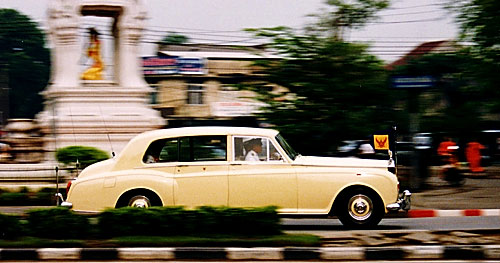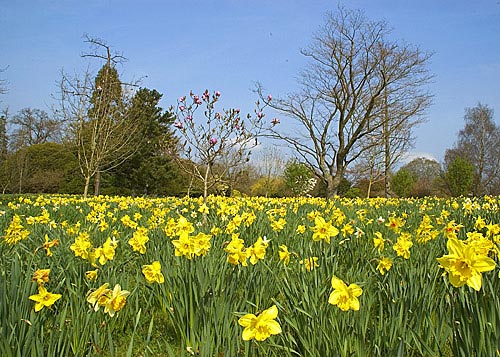Camera modes explained -
on your phone, or on your camera, part 2.
⇐ ⇐ ⇐ Camera modes - part 1
Previously I went over the modes available to you if you want to control exposure.
Here, in camera modes part 2, I've concentrated on the special modes that you'll find on your camera or camera phone.
If you check your settings and menu options I'll pretty much guarantee that these camera modes appear somewhere. So ... what do they do and what can you use them for?
Sports mode
This lets the camera know that you're taking photos of something that's fast moving. So, it selects the fastest shutter speed possible so that you can freeze the action.To help freeze the action, you can also 'pan' the camera as you take the photo.
Panning means that you track the subject, and, as you keep tracking it, press the shutter button (don't stop tracking while you do this!). This results in a nice crisp subject and a streaked background.
Have a look at the example of panning below to see what I mean. In this example I panned as the car went past, keeping the car in crisp focus and the background becomes streaked.

Landscape camera mode
This does the opposite of the sports mode.Seeing as landscapes don't move, the shutter speed can be much slower (no need to freeze any action!). This also means the aperture can be much smaller.
The benefit of this is that, with a small aperture, the whole landscape will be in focus - from everything in the foreground to everything in the far distance.
Have a look at the photo below. I carefully took it to make sure the daffodils in the foreground were in focus, as well as the trees in the distance.
It's a good example of the effect of using the landscape camera mode.

Night mode
The last camera mode I'll go over here is night mode.If you set this, it tells the camera that it's night time, and you'd quite like everything to be illuminated. So, what the camera, or phone, does is to set a slow shutter speed so that the small amount of light available (it is night time after all) can register on the image sensor.
You will have to hold the camera very still to avoid blurring, or rest the camera on a solid object when you take the photo.
But the camera has one extra trick up its sleeve - it also fires the flash, but only when it feels enough of the background has registered.
Assume you have a person standing against a city scene at night - this means that, first it will have exposed the photo to make sure the background has registered, then it fires the flash to illuminate, and 'register', your foreground subject.
What you end up with is both the background city lights, and the foreground subject, nicely exposed.

And there's so much more with a smartphone in your hand
If you dig deep into your smartphone's camera modes you'll find there's even more tricks up your camera's sleeve.A lot of these use software trickery to create special effects and, I have to say, I've been very impressed with some of them.
My advice to you would be to have a good play with them and experiment a little.
After all, why spend a fortune on a new camera, or smart phone, and then only use half the functions?
⇐ ⇐ ⇐ Camera modes - part 1
